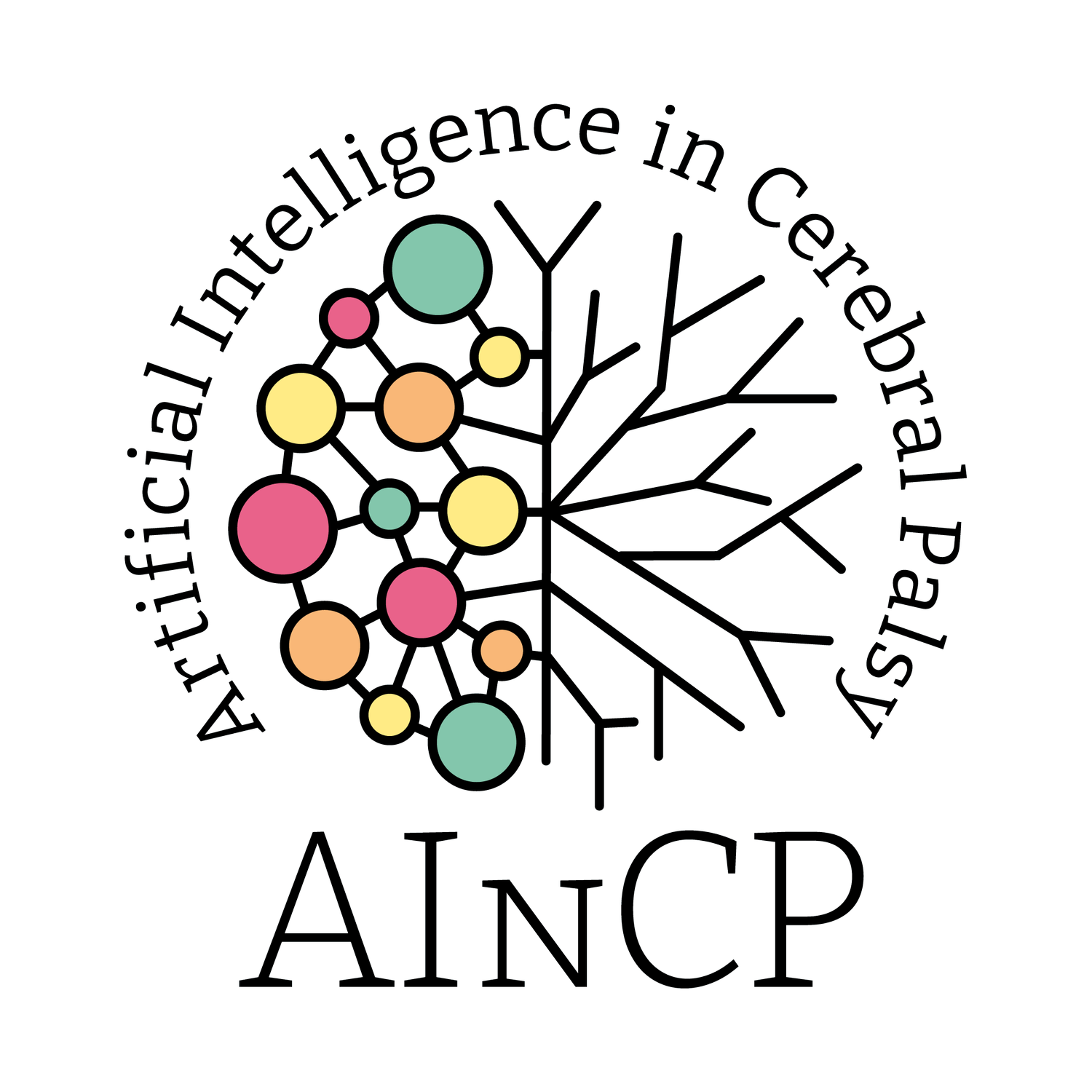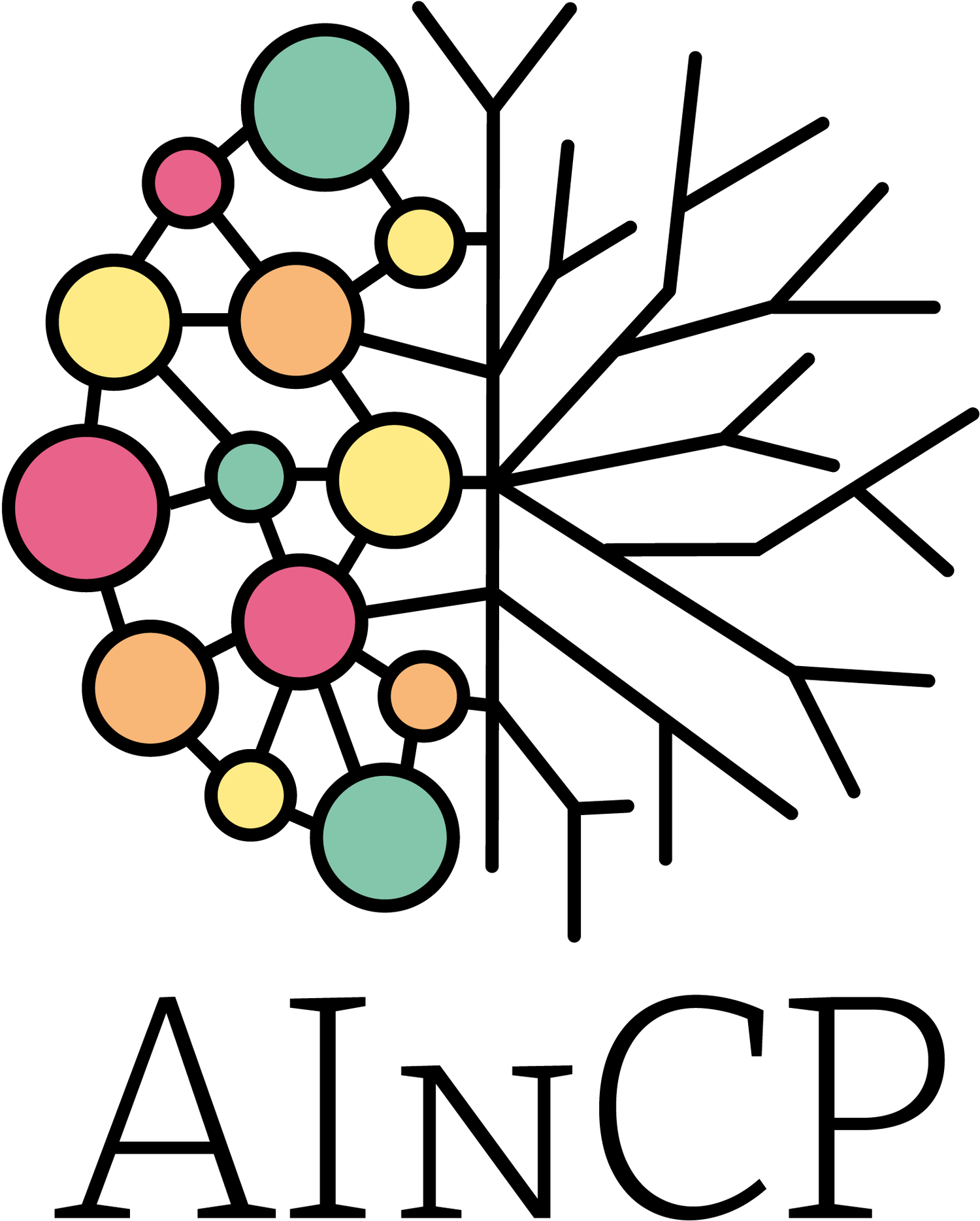In the Lab of Noldus Eye Tracking technology
In this article, Wil van Dommelen, R&D Project manager at Noldus Information Technology BV, NoldusHub, speaks about the work of Noldus as a technological Partner of AINCP. Noldus is a thirtyfive years old company headquartered in the Netherlands, with a consolidated track record of developing and validating tools for behavioural researchers.
In the AINCP project, Noldus is contributing to the “Observation Module for multi-modal monitoring of the children” within the AINCP tele-rehabilitation platform. Noldus tool will provide clinicians with insights on the eye tracking of children, while performing rehabilitation exercises, both quantitative measurements (area of the screen they are looking at) and qualitative (e.g. their level of attention).
What is the main advantage to using Noldus for the AINCP eye tracking technology?
Noldus has recently developed an eye tracking technology which can be integrated in tele-rehabilitation systems at low cost for the end-user part. [The AINCP tele-rehabilitation system will have a central unit and end-user units to be installed at the clinical centers and at the patients’ homes]. Instead of having to add an expensive commercial eye tracker to each home unit, our technology uses just a common webcam. This will make the entire solution economically more sustainable.
Another aspect is that the Noldus eye tracking system will allow clinicians in the lab to remotely assess the quality of attention with which the child watches the instructional videos of the rehabilitation program, which the child is expected to repeat shortly later [according to the Active Observation Therapy].
The privacy policy requirement is also guaranteed, because the Noldus solution will never show the child’s face externally.
Did Noldus already have this technology before the start of the AINCP project?
This was one of the reasons we were chosen. For the last seven years, Noldus has been developing a next generation of research observation products, a platform by the name of NoldusHub. Apart from the eye tracking technology, this also includes other recent technology developments to create insights from recorded video: detected emotions, annotations and psychophysiological data from subjects.
The new technologies allow researchers to measure and visualize, for instance:
skin conductance (sweating),
heart rate
to quantify emotions and cognitive stress
all at the same time and even before data gets recorded, which means that the test leader can see on the screen that all the sensors are producing data correctly before pressing “start recording” and, if not, he/she can fix problems like repositioning the camera properly, improving the light or tighten the strap on a wearable device.
The main reason we dedicated our research effort to this new platform is usability: today, a researcher has to be a trained technician to be able to set up the measuring equipment. NoldusHub allows a clinician to concentrate on the study and the participants, instead of getting distracted to keep the equipment up and running during the study. Noldus will supply this tool to UNIPI [leading the technological development of the AINCP Project with co-PI Giuseppe Prencipe], for researchers there to assess children with cerebral palsy.
Will this Eye Tracking technology become available to other research projects?
Noldus has been developing and selling PC-based research products for behavior, health and wellbeing since 1989. Our customers are typically researchers in psychology, human factors, usability, training, education, in fact any domain where humans demonstrate behavior.
Our innovative tools are mainly available for research or training, observation and analysis of participants of all ages, and have been used in studies with over 50,000 scientific publications, in several domains. For example, on hand-preference and developmental disorder studies in infants, early detection of autism through analysis of repetitive movements, ASD related gaze behavior. Our customers have used Noldus tools in emotional intervention studies, depression and our tools are used when measuring work ‘flow’, stress/workload and eating behavior in residential care homes.
Photo @FightTheStroke

